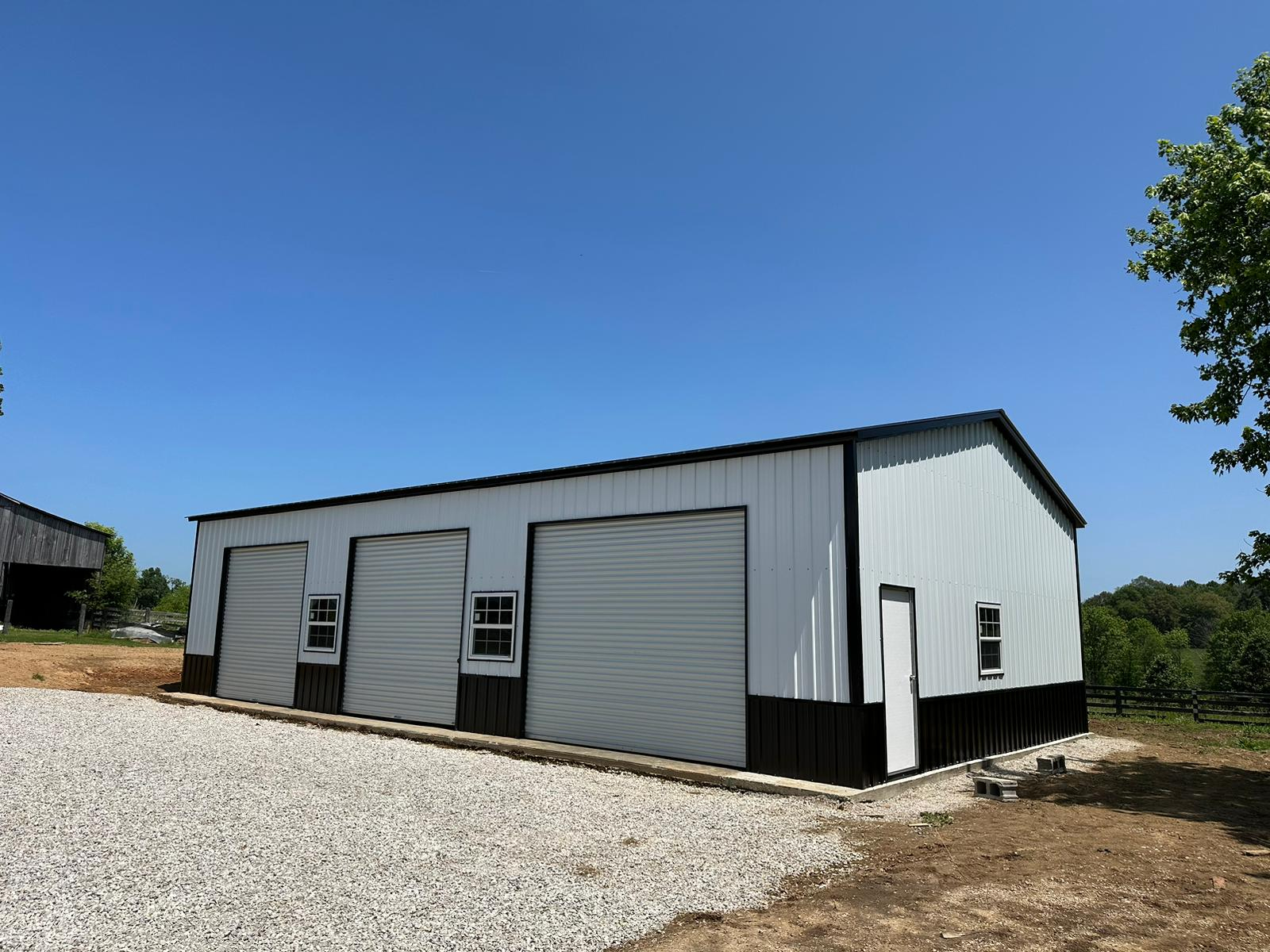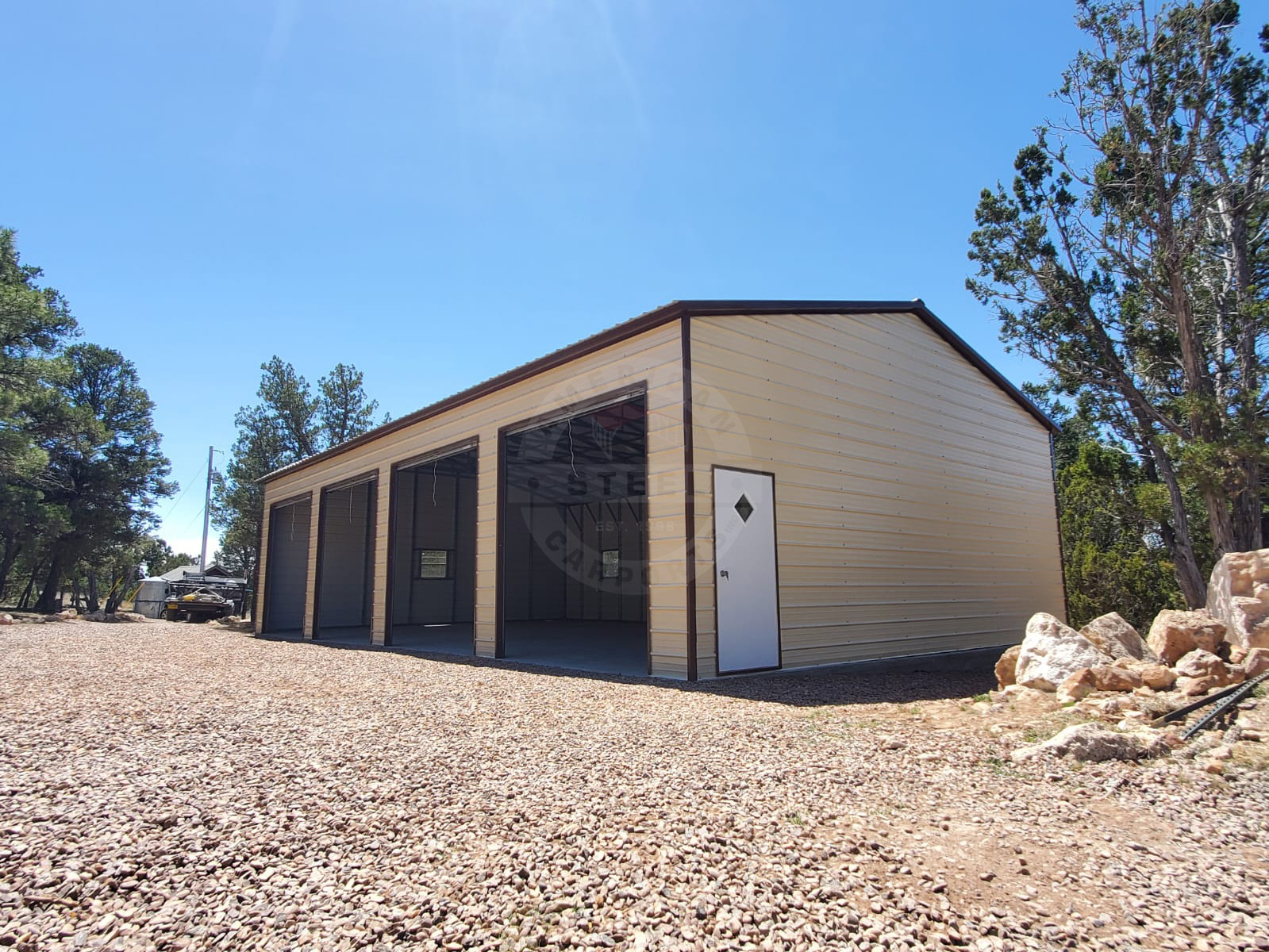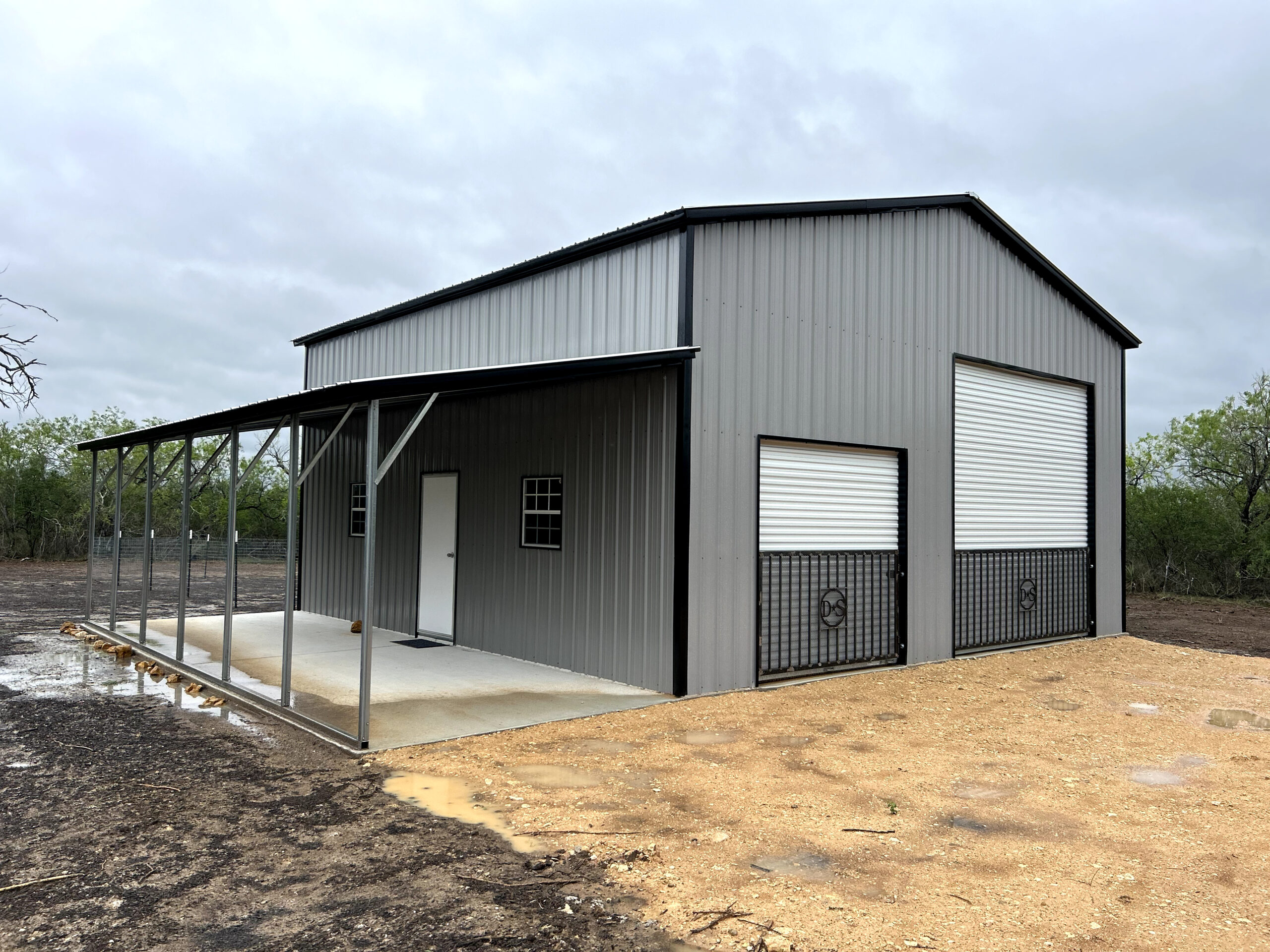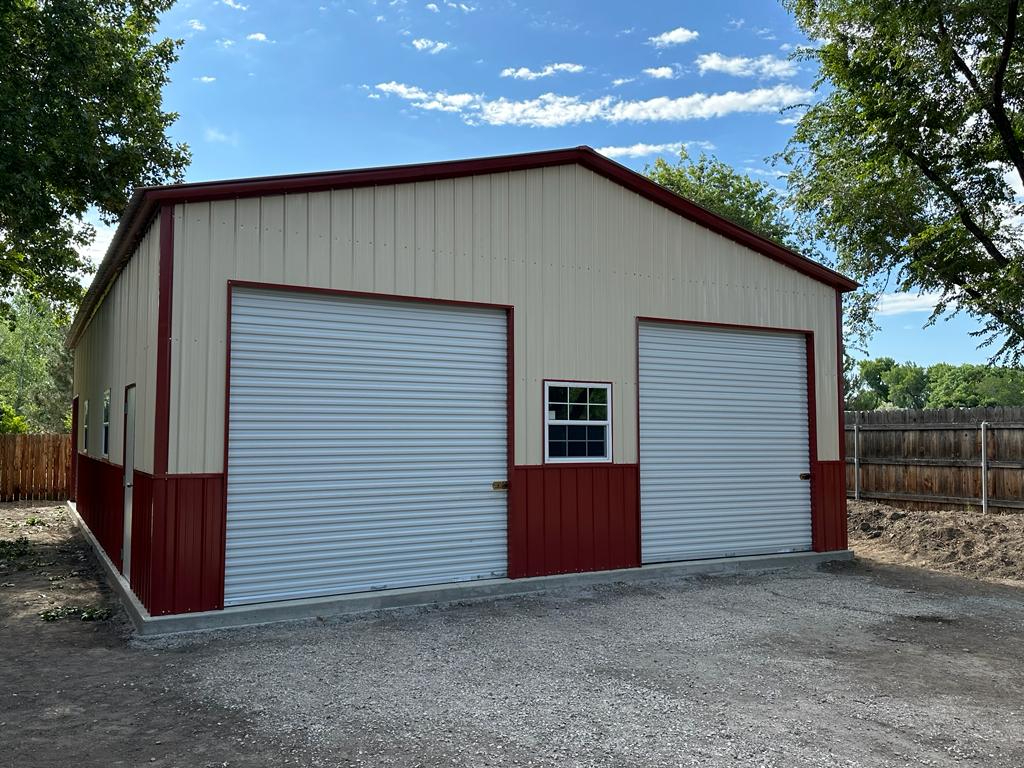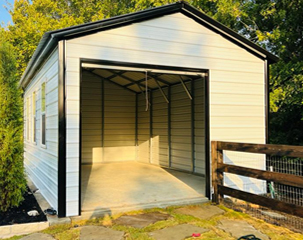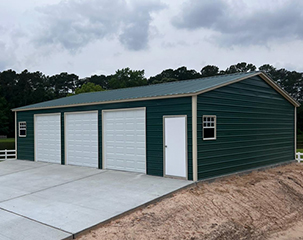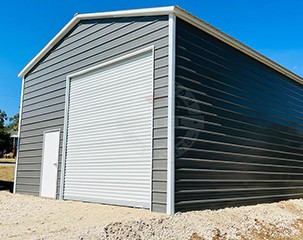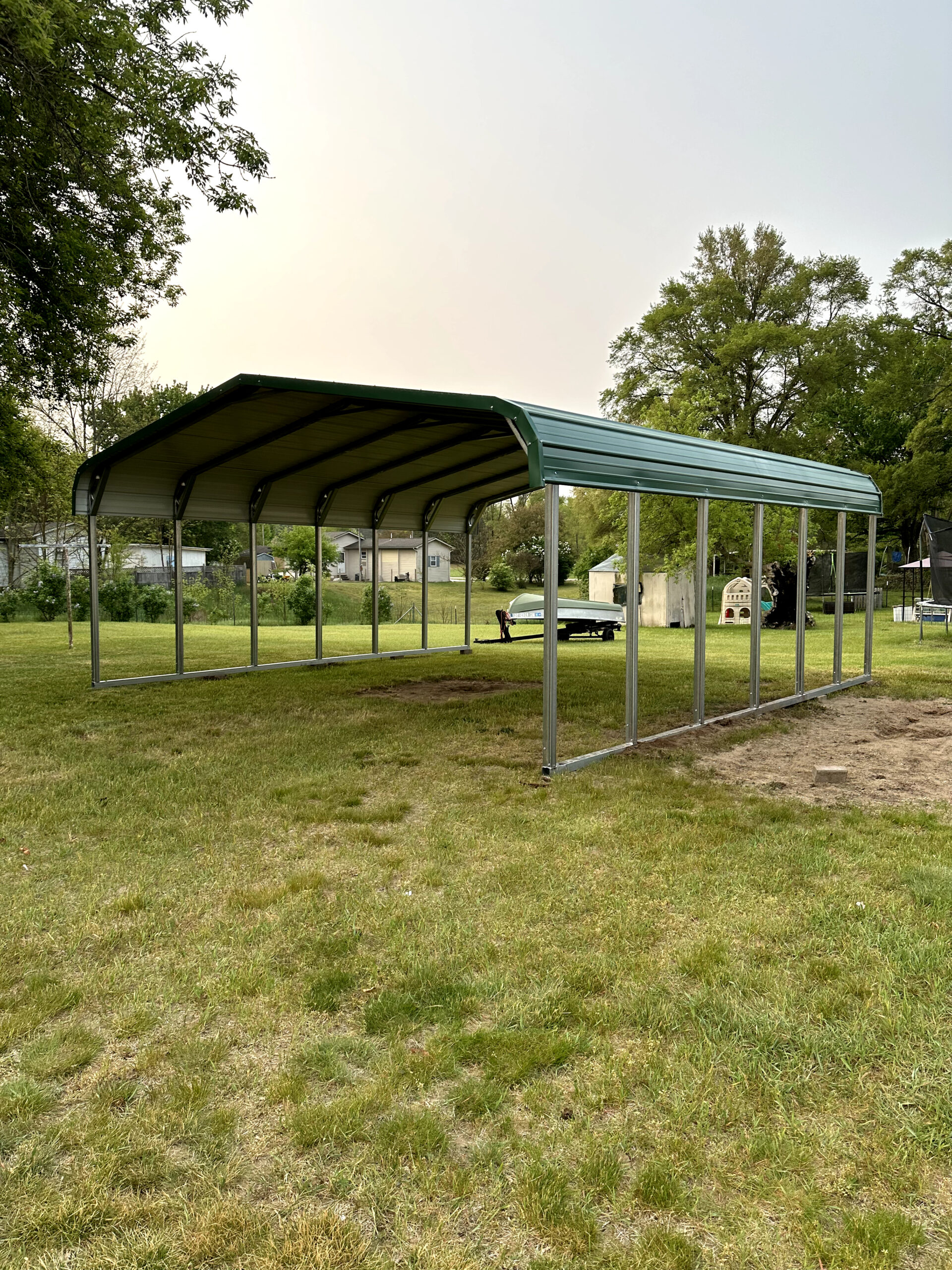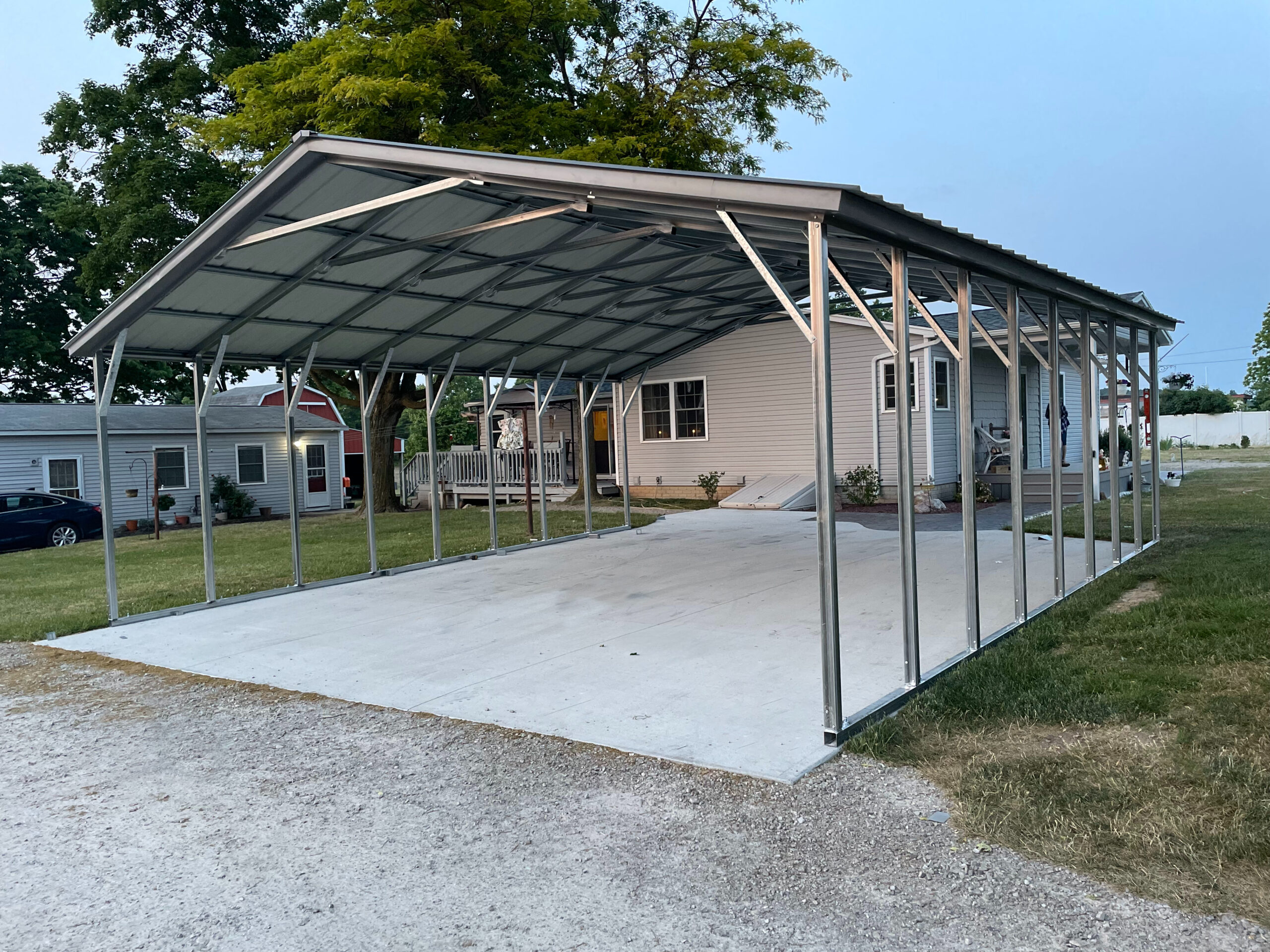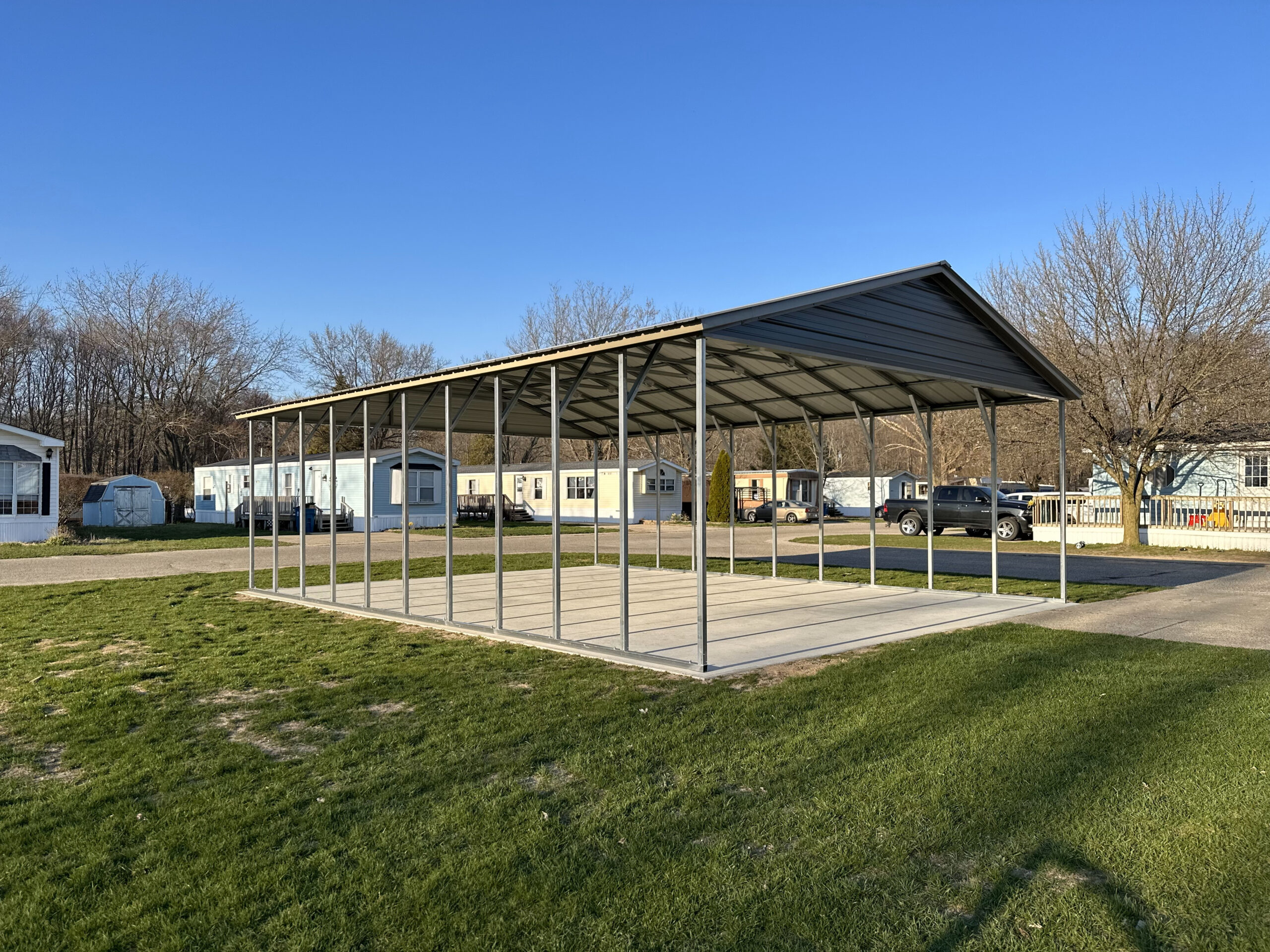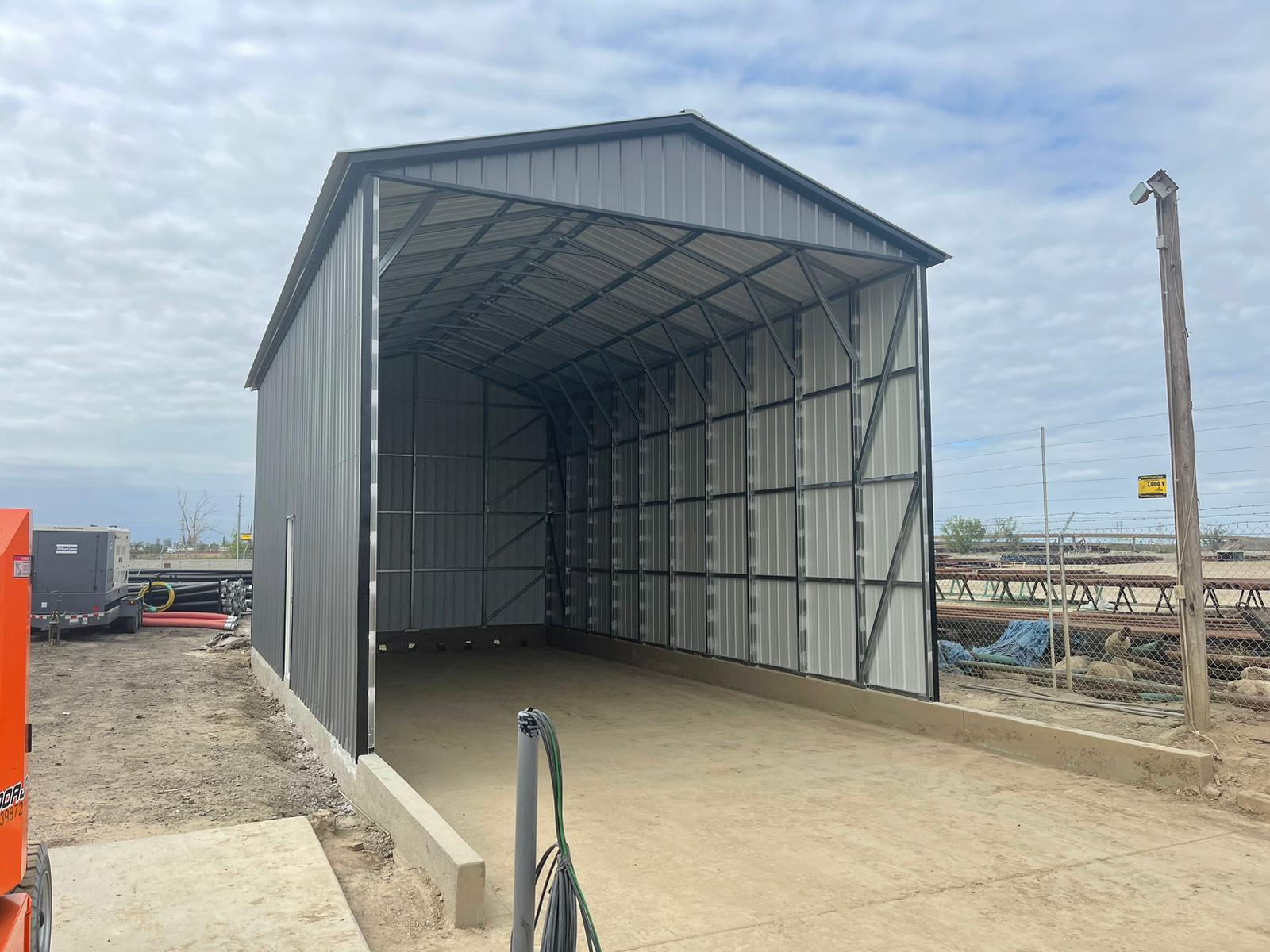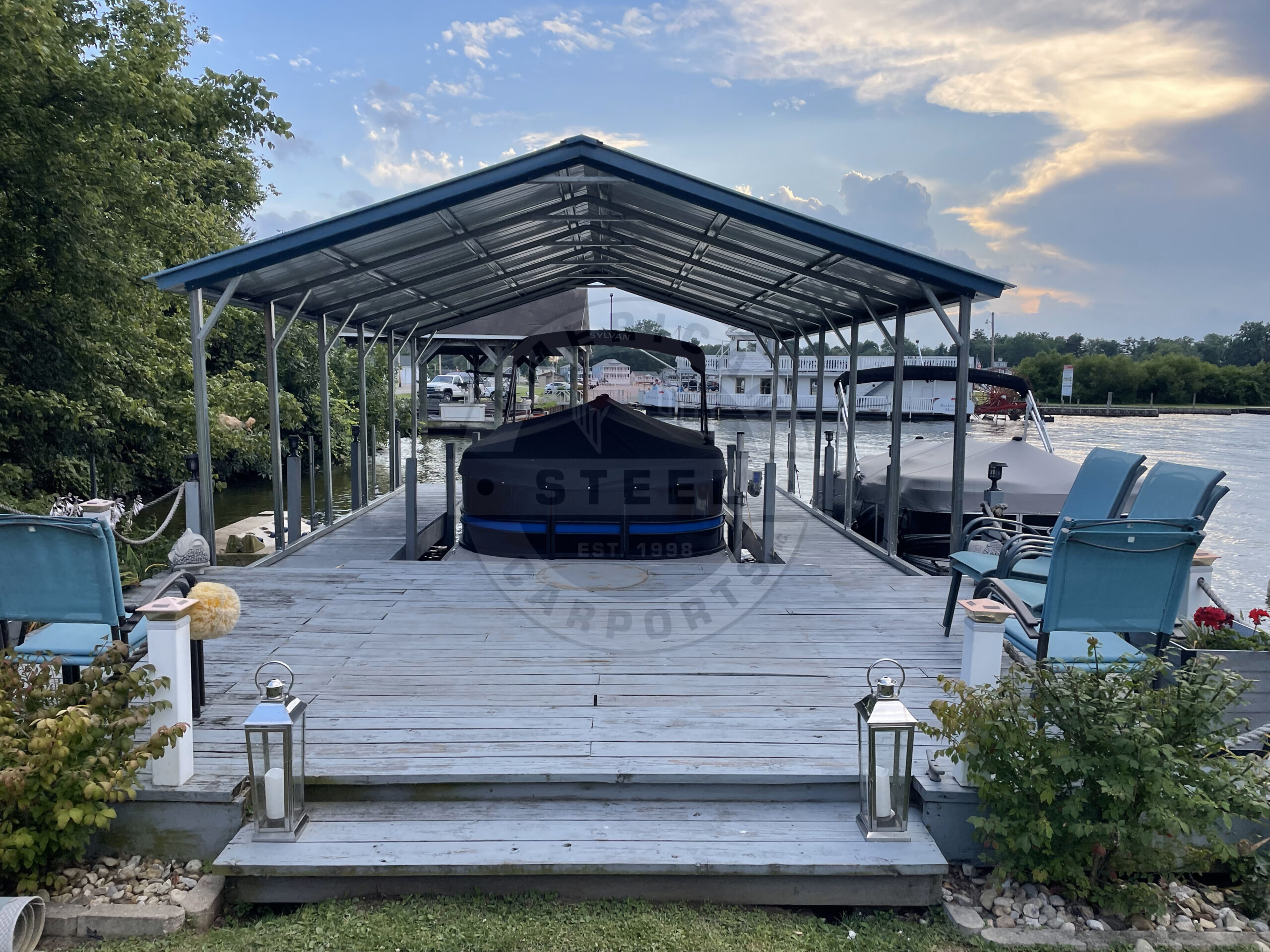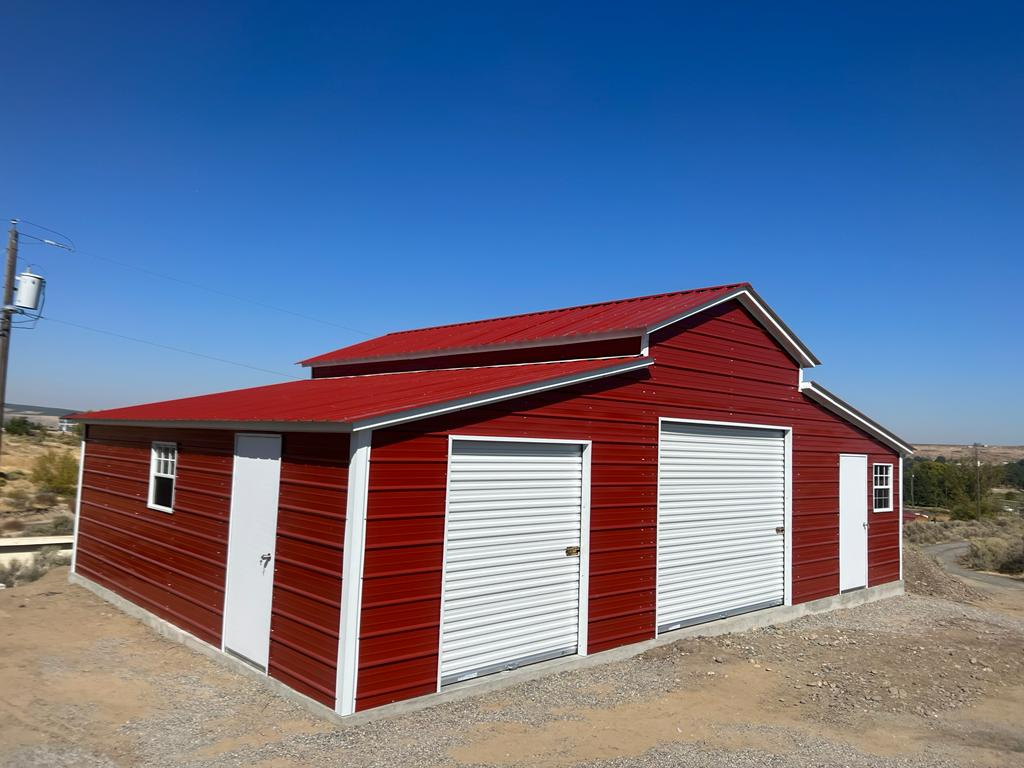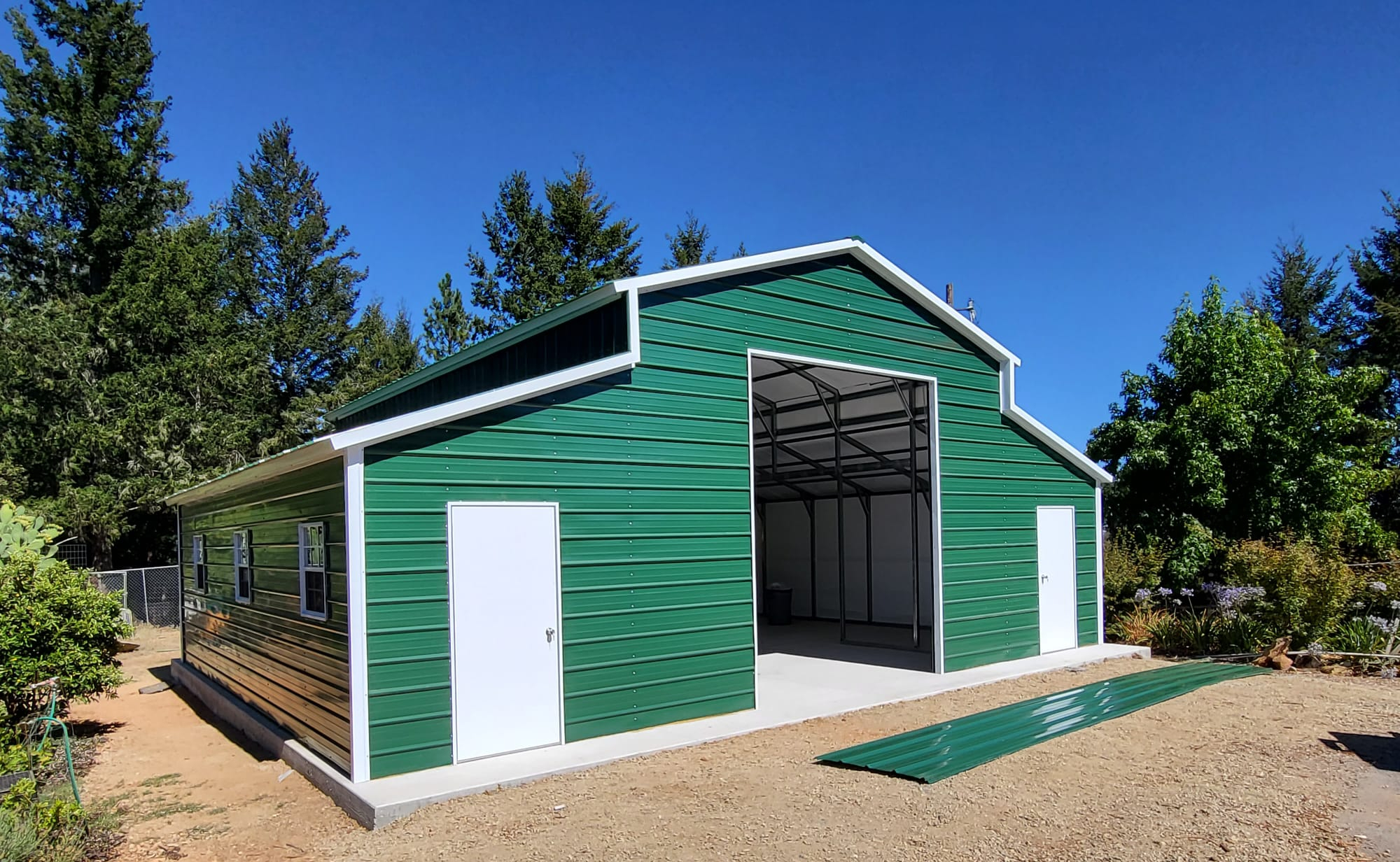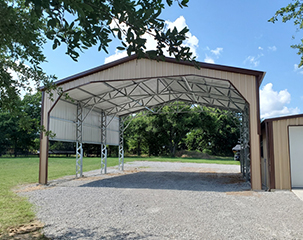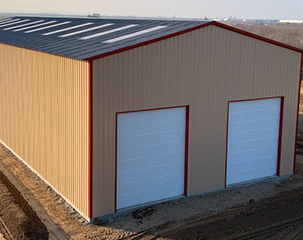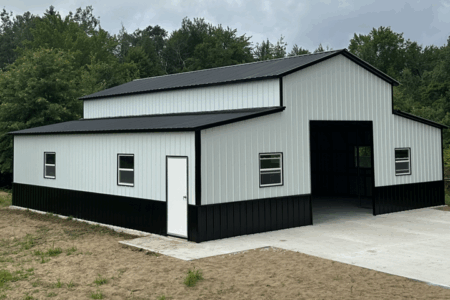How to Pick the Perfect Site for Your Metal Building
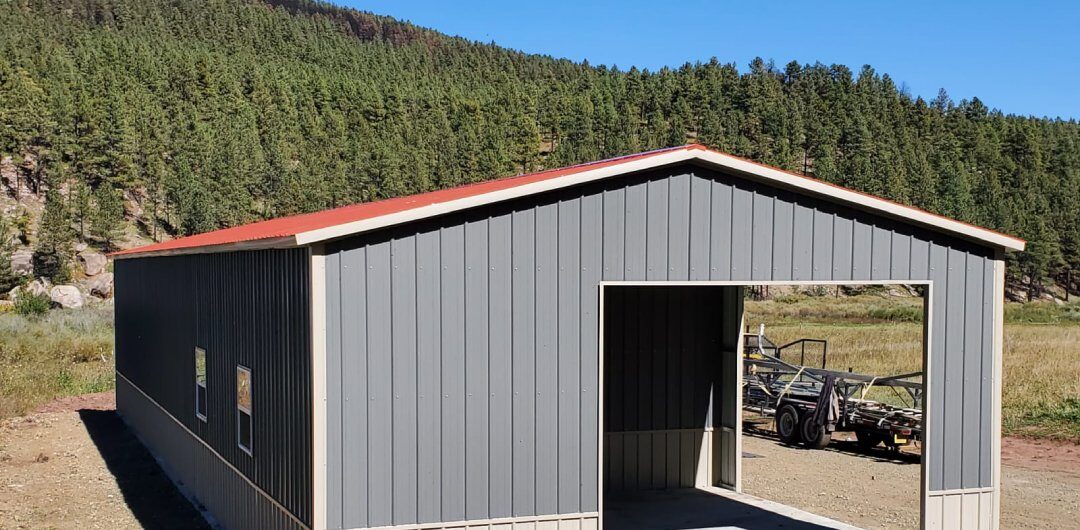
Metal buildings have gained immense popularity due to their versatility, cost-effectiveness, and durability. However, the value you get out of your structure will depend in large part on its location. Ensure your building’s longevity and functionality by using these five tips for choosing the perfect site.
Key Benefits of Metal Buildings
Metal, such as steel, remains a popular choice for carports and similar structures because it offers significant benefits, such as:
Versatility
As we already mentioned, metal buildings can be useful in many areas, such as:
- Garages
- Workshops
- Sheds
- Barns
Durability
High-quality steel durable and can stand strong for many years. Steel constructions have excellent longevity, which means they can withstand harsh weather conditions, including high winds, heavy snow, and even earthquakes.
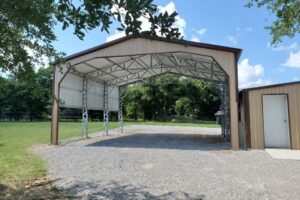
Cost-effectiveness
Since metal buildings remain strong and durable for longer, they require less maintenance. This can save you significant money over time, making it an excellent, cost-effective solution.
Sustainability
Metal is 100% recyclable. When a metal building reaches the end of its life cycle, nearly all its components can be recycled, reducing waste and the demand for new materials. This recyclability makes metal buildings environmentally friendly and contributes to sustainability.
Customizable
Steel buildings can incorporate custom features such as temperature regulation, skylights, ventilation systems, and more. The interior can also be conveniently modified with many options for insulation, special wall finishes, flooring, etc. The ease of customization is another reason why steel buildings are suitable for a wide range of industries.
How To Choose The Right Location For Your Metal Building
1. A Site You Can Prepare
Before construction begins, thorough site preparation is essential. First, you must check and ensure the site is level. An uneven foundation can lead to serious structural issues later on, so a level foundation is crucial for the stability and structural integrity of your metal building. 
Once you’ve confirmed that the site is level, the next step is to clear it of any obstacles. This involves removing any vegetation, trees, stumps, and debris that may be present. Depending on the specific requirements of your metal building, excavation and grading may be necessary. This step ensures that the ground is appropriately shaped and leveled to accommodate the foundation of the building. It’s also important to achieve the correct drainage slope and create a stable base.
2. Soil Quality Assessment
After general site preparation, you need to assess the soil quality of the site to determine its load-bearing capacity. Different soil types have varying capacities to support the weight of your metal building. Soil testing helps determine if additional foundation support, such as piers or footings, is required.
Engage a qualified geotechnical engineer or soil testing expert to conduct a comprehensive soil analysis. This analysis involves taking soil samples from various depths to assess their composition, bearing capacity, and compaction characteristics. The results will provide crucial data on the soil’s load-bearing capacity and suitability for your building’s foundation.
3. Accessibility Planning
Consider the accessibility of the site. It should be easily reachable during the delivery of materials and the installation of your building. Make sure the site you choose can accommodate everything necessary to set up your structure, and for you to regularly use it for your intended purposes.
4. Utilities and Infrastructure
Depending upon what you plan to use your building for, you may require basic utilities such as electricity, water, Internet connection, or gas. Make sure that the site you choose gives you access to the utilities you will need to put your structure to good use. If you are simply putting up a carport, you may not need to worry about access to these utilities.

5. Consideration for Natural Factors
Evaluate the site’s susceptibility to natural disasters. For example, if one part of your yard is prone to flooding, you may want to avoid using that area as your installation site. A dry, safe, and secure location will ensure the longevity of your structure.
6. Compliance with Regulations
Familiarize yourself with local building codes and zoning regulations. Ensure that your metal building project complies with these regulations. Adhering to legal requirements is crucial to avoid potential legal issues and ensure a smooth installation process. Identify the specific building permits required for your metal building project.
Consider consulting with a local architect or engineer familiar with the area’s building codes and regulations. Their expertise will help you align your project with all the legal requirements. When you prepare for these things in advance, later on, it will be much easier to get the paperwork sorted and get your construction project started.
Choose the Perfect Site for Metal Building
Selecting the perfect site for your metal building is a crucial step in ensuring the longevity and functionality of your project. Pay attention to the site level, soil quality, accessibility, availability of utilities, natural conditions, and compliance regulations.
Selecting a suitable site that meets all these conditions will ensure that your metal building gets a strong foundation and will remain strong and intact for years. That said, if you need any help with constructing a metal building, contact us today.

